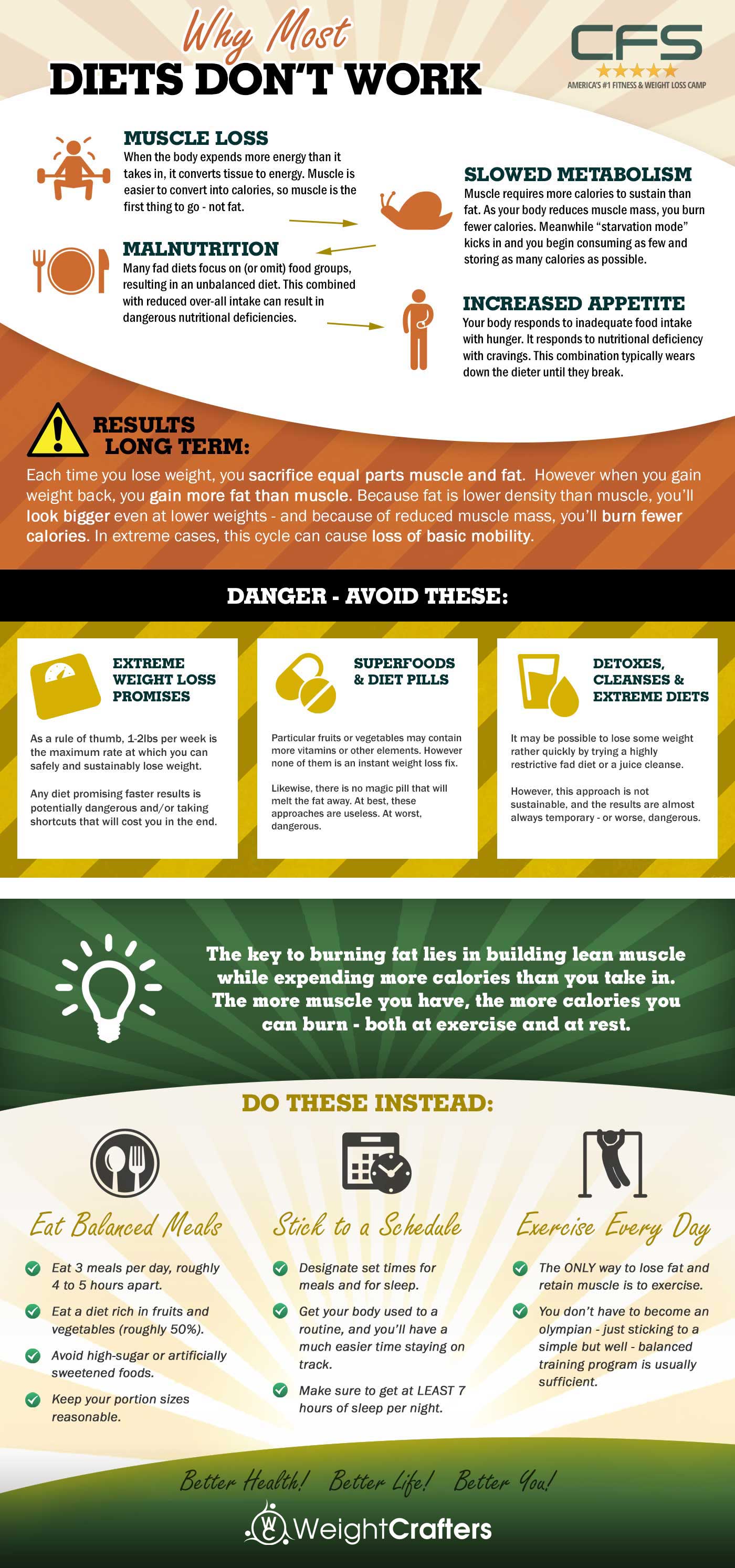Cold Laser Therapy Before And After Revealing Results
Cold Laser Therapy Before And After Revealing Results
Blog Article
Scientific Research Study on the Efficacy of Cold Laser Technique
Cold laser treatment is a beneficial tool to assist suffering administration and the healing procedure. It is typically used in sporting activities medicine, dermatology and acupuncture.
Cold lasers penetrate deep right into cells and advertise chemical modifications without warming them. They minimize inflammation and swelling, speed cellular activity and increase recovery.
Academic Background
Unlike the high-intensity lasers that surgeons use to cut through cells, cool laser treatment utilizes light-emitting diodes to penetrate into your skin and advertise recovery. As these photons get to damaged tissues, they launch a domino effect that boosts your cells' manufacturing of enzymes and accelerates your body's natural recovery procedures.
The photons likewise decrease pain through the manufacturing of endorphins and raise your body's capability to drain swollen locations by causing vasodilation (the growth of blood vessels). As a result, it aids you recuperate from musculoskeletal injuries and pain quicker.
Lots of people have found out about cold laser therapy from their physical therapist, chiropractic practitioner or doctor and may be asking yourself exactly how it works. Unlike the majority of laser gadgets used in the clinical area, which actually warm up tissue, our state-of-the-art tools discharges chilly laser light beams that do not cause any kind of heating of your tissues. This permits your body to receive the therapeutic advantages without setting off any kind of adverse effects.
Scientific Trials
Cold laser treatment is often suggested as a treatment alternative for individuals that have bone and joint pain and injuries. It can be used to reduce swelling, reinforce cells and speed up the body's natural recovery procedures.
Non-thermal photons of red and infrared laser radiation are taken in by the light sensitive components in cells and launch a boost in intracellular metabolism that increases cell recreation, minimizes swelling, gets rid of edema and shortens recovery time.
Unlike the light that is created by sunlight or standard lights, laser light is identical (all wavelengths travel in the same direction), systematic and single. These homes allow laser power to permeate deeper right into the tissues.
Several clinical tests have shown that LLLT can be reliable in minimizing pain in the bone and joint system. Nonetheless, even more properly designed studies are required to examine the optimal setups for laser irradiation and to identify its efficiency in specific problems, such as oral mucositis in cancer cells individuals getting chemotherapy or radiotherapy, and injury healing (consisting of diabetic person ulcers adhering to hammertoe surgical procedure). This Aetna policy bulletin does not attend to other uses LLLT, including the therapy of various skin diseases.
Verdicts
Unlike medical lasers that can destroy lumps or coagulate tissue, cold laser treatment does not heat up the body's cells. Instead, the light promotes your cells to create adenosine triphosphate, which speeds up the repair service process of hurt cells.
Aetna thinks about low-level laser (LLL) therapy clinically necessary for the avoidance of oral mucositis related to cancer therapy (chemotherapy, radiation treatment, hematopoietic stem cell transplantation) and non-cancer therapies (such cold laser as radiodermal injury, fibromyalgia). Several research studies revealed that LLT can be efficient in lowering PU signs without damaging effects. Nonetheless, differences in research study layouts and laser dosimetry made comparison of the outcomes hard; RCTs with low danger of bias are needed. Making use of a 660 nm wavelength and higher energy thickness appears to be extra efficient than the various other studied laser wavelengths. This could be since the other wavelengths may boost inflammatory processes and create more adverse effects. The result of the type of laser made use of is likewise vital; the authors recommend that future research study concentrate on assessing various types of lasers and their dosages to establish the optimal combination of laser specifications for PU avoidance.
Referrals
Cold laser therapy is used by dental practitioners to treat inflamed gum tissue, physicians to reduce discomfort caused by rheumatoid arthritis, and physical therapists to speed the recovery of muscular tissue, ligament, and tendon injuries. Many medical insurance plans cover this treatment.
Unlike hot lasers, which have a thermal impact on cells, cool lasers (additionally called low-level lasers) boost the mobile power of the skin. Photons from the laser light penetrate into the cell, triggering a series of chemical changes that promotes regeneration and decreases inflammation.
In order to be effective, lasers need to be appropriately configuration and utilized. This is why it is not a good idea to acquire a cheap over-the-counter laser device and try to treat yourself in the house. A trained practitioner is needed to make certain that the device is used correctly to minimize the risk of eye injury and optimize its performance. The laser tool have to be gotten used to the right setup, intensity, frequency, and position of the laser on the therapy location.